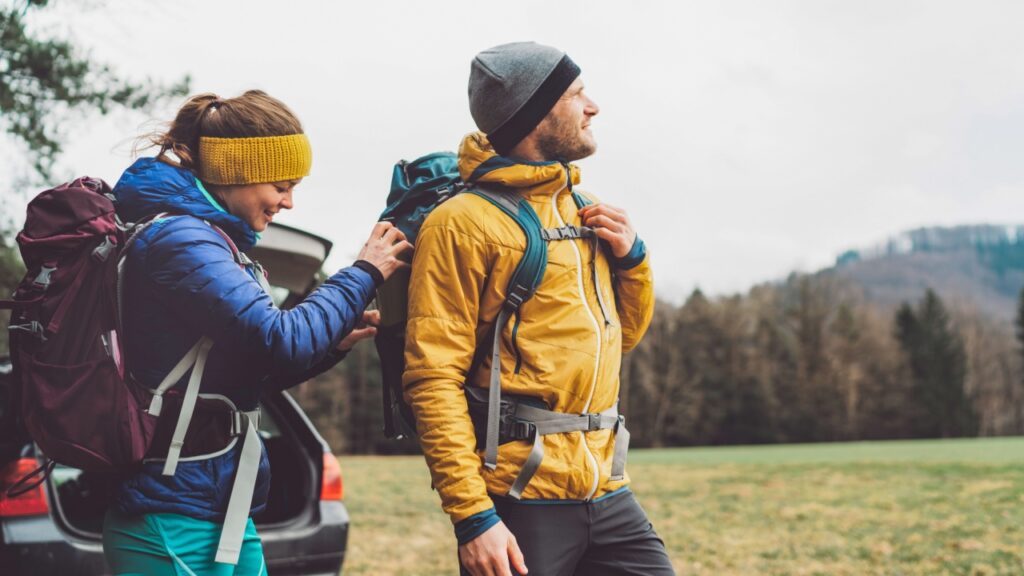Hiking in areas with wild animals can be an exciting and enriching experience. However, it’s important to stay safe and be prepared. Here are 15 tips to help you hike safely and enjoy your adventure in the wild.
1. Know the Wildlife
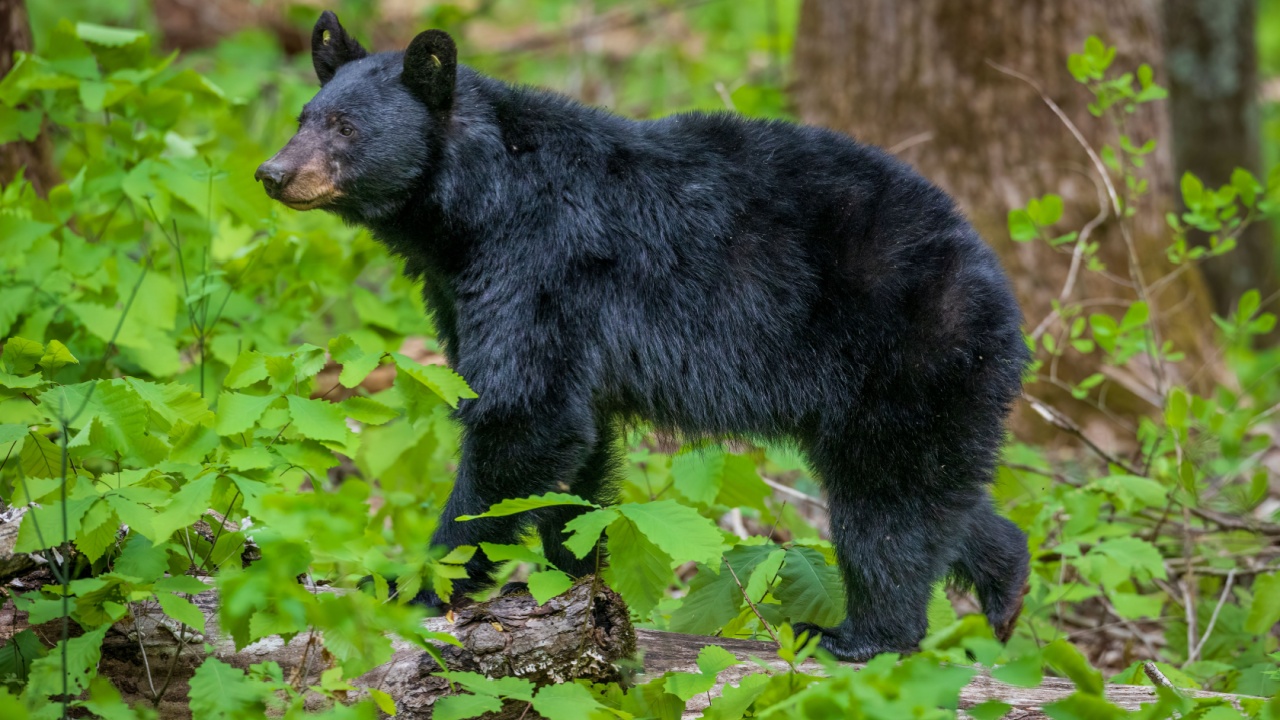
Before you hike, research the types of animals you might encounter. Knowing which animals live in the area can help you understand their behaviors and how to avoid potential dangers.
2. Make Noise

Wild animals often avoid humans if they hear them coming. Talk, sing, or clap your hands regularly while hiking. This will alert animals to your presence and give them time to move away.
3. Hike in Groups
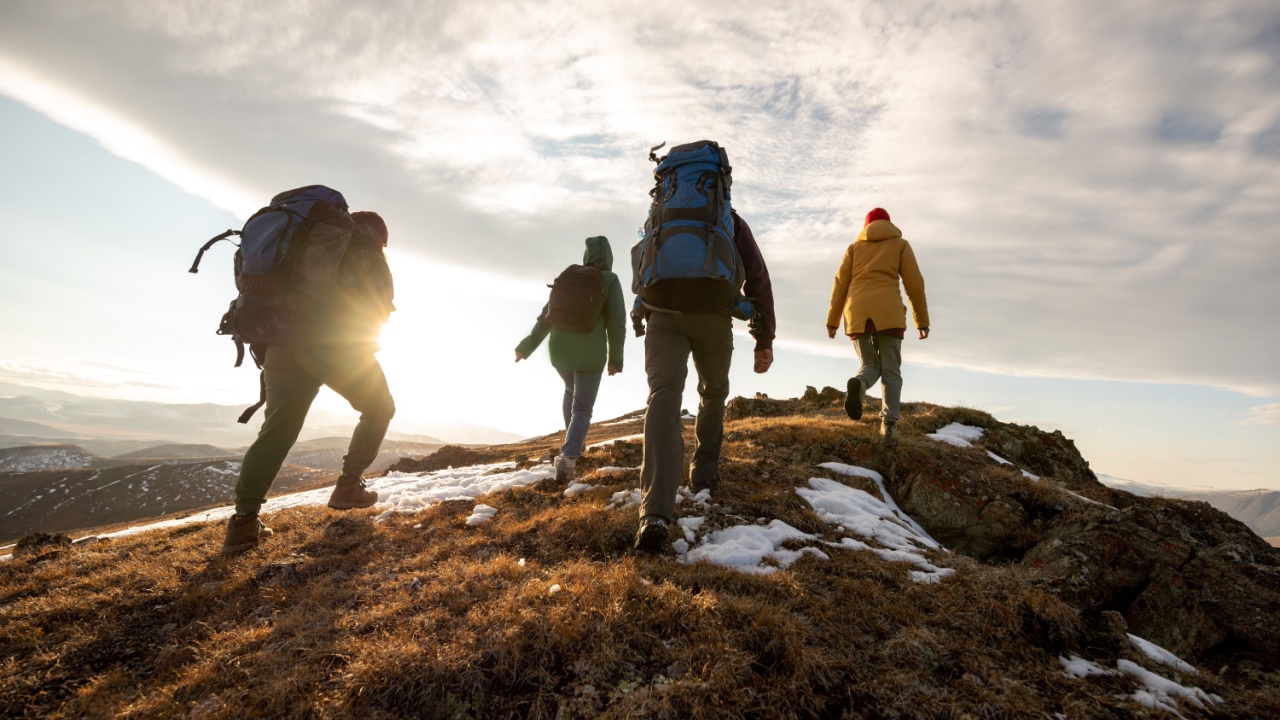
There is safety in numbers. Hiking in a group can reduce the chances of a dangerous encounter with wild animals. Most animals are less likely to approach a larger group of people.
4. Stay on Marked Trails
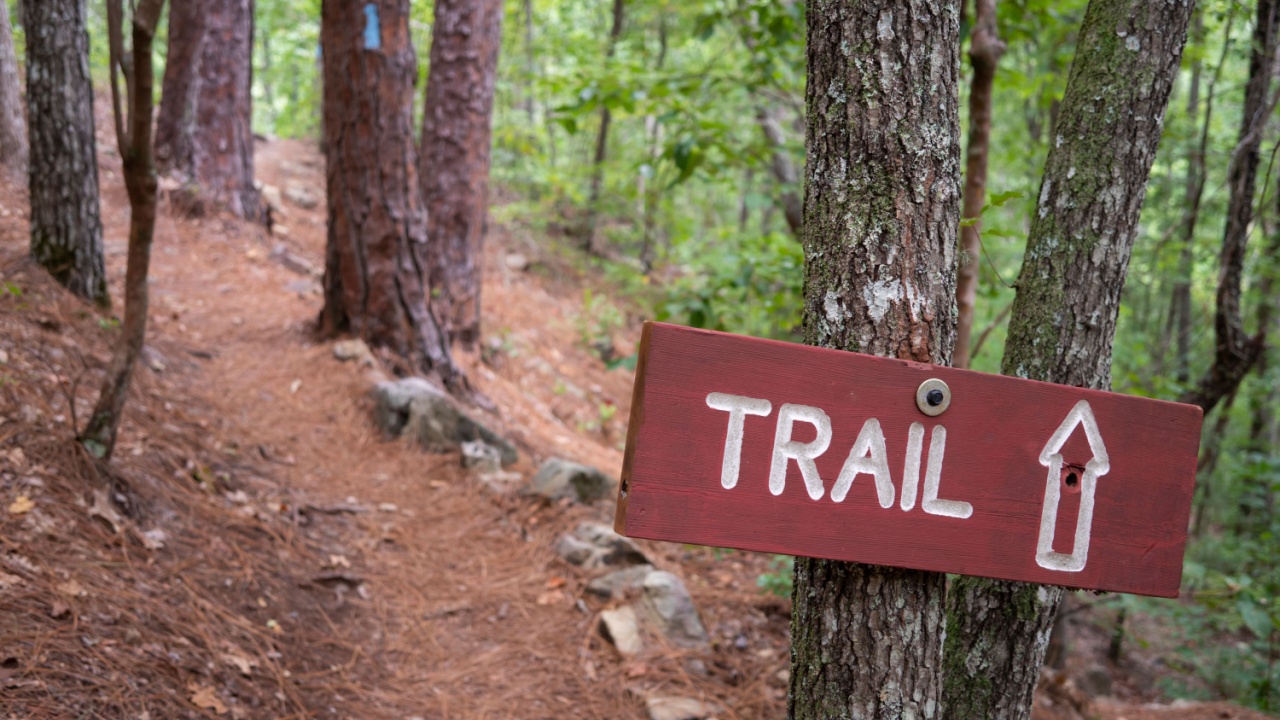
Stick to designated hiking trails to avoid wandering into animal habitats. Trails are usually designed to minimize encounters with wildlife and keep both hikers and animals safe.
5. Keep Your Distance
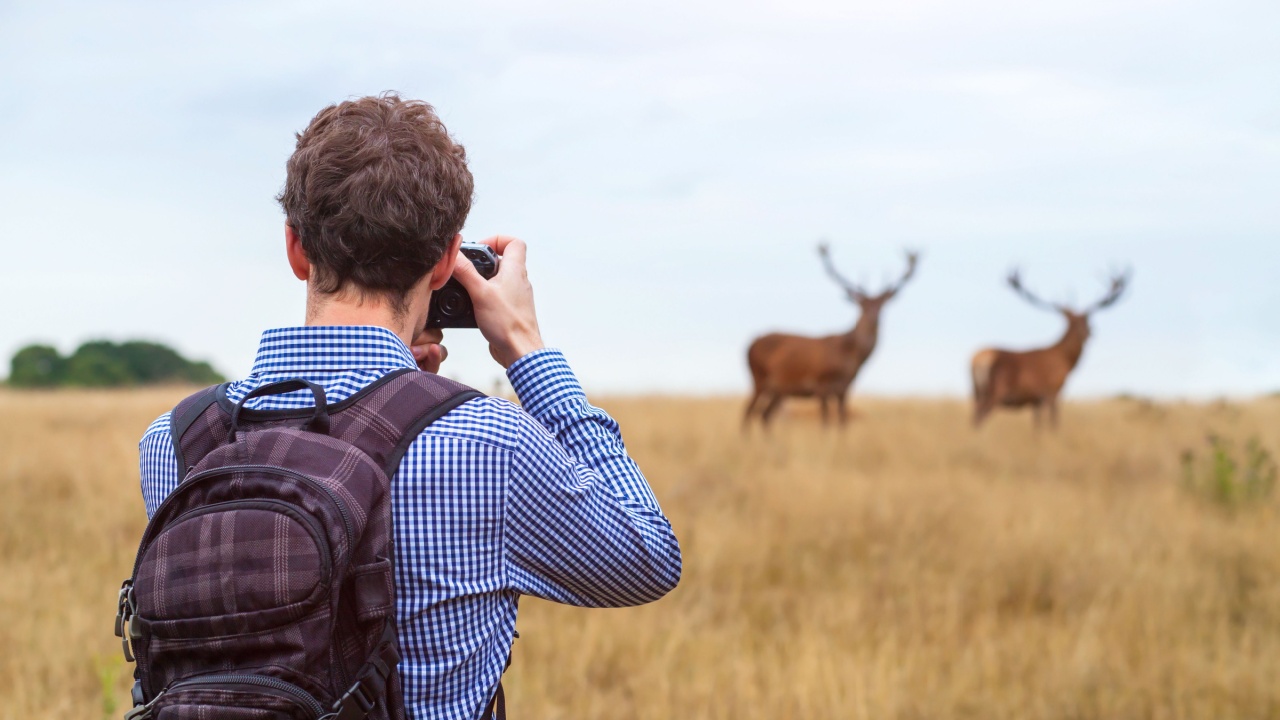
If you see a wild animal, keep a safe distance. Do not approach or try to feed them. Use binoculars or a camera with a zoom lens to observe from afar.
6. Store Food Properly

Animals have a keen sense of smell and can be attracted to your food. Use bear-proof containers or hang your food high in a tree away from your campsite. This will prevent animals from being tempted by your snacks.
7. Carry Bear Spray

In areas where bears are common, carrying bear spray can be a lifesaver. Make sure you know how to use it and keep it accessible. Bear spray can deter a bear if it gets too close.
8. Avoid Hiking at Dawn and Dusk

Many wild animals are more active during dawn and dusk. To reduce the risk of encounters, try to hike during daylight hours. Plan your hikes so you can return before it gets dark.
9. Be Mindful of Scents
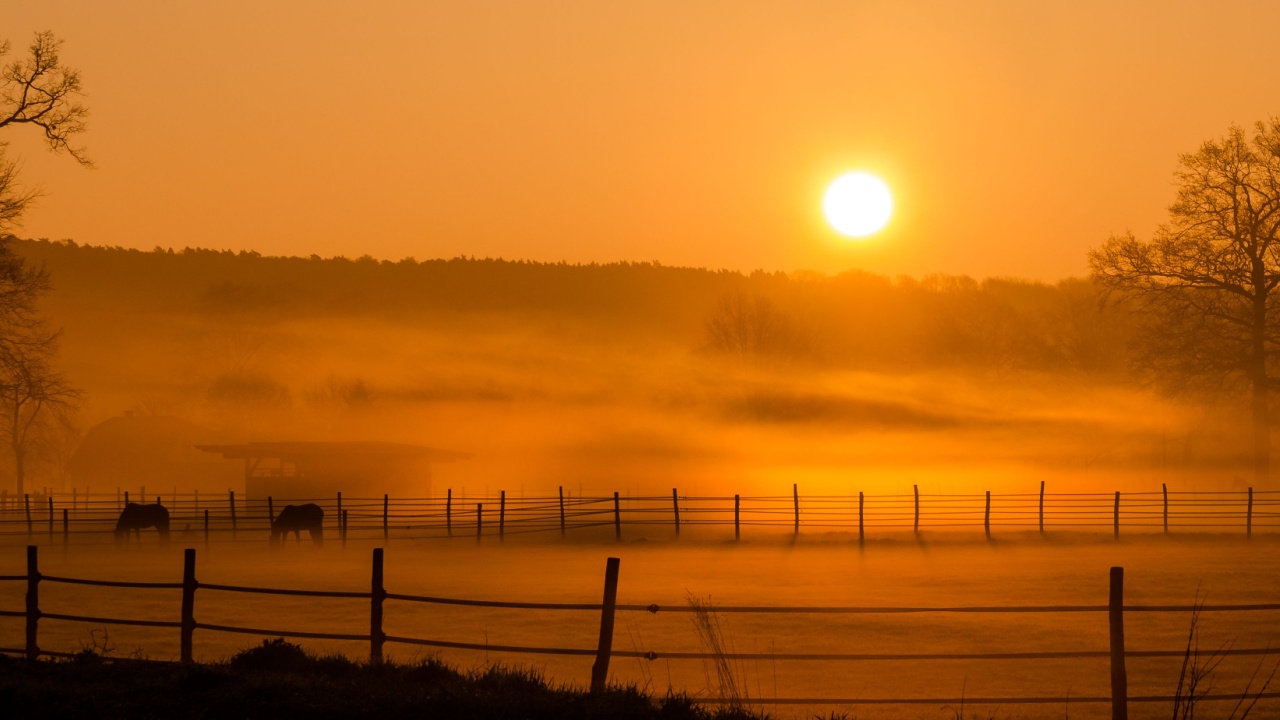
Avoid wearing strong scents like perfumes or deodorants. These can attract animals. Stick to unscented products to reduce your chances of drawing unwanted attention.
10. Watch for Animal Tracks

Keep an eye out for animal tracks and droppings. If you see fresh tracks, it might mean the animal is nearby. Turn back or take a different path to avoid a close encounter.
11. Secure Your Campsite
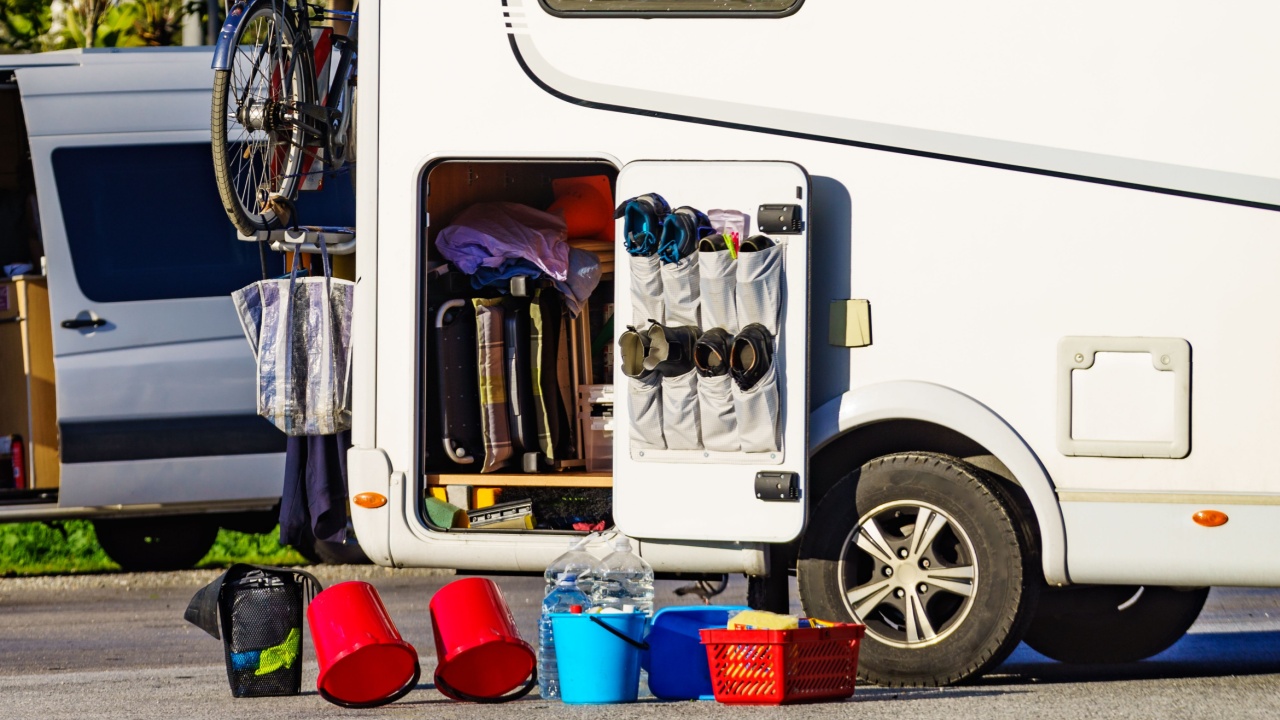
If you are camping, keep your campsite clean and free of food scraps. Store all food and trash in secure containers. This will help keep animals away from your sleeping area.
12. Know How to React
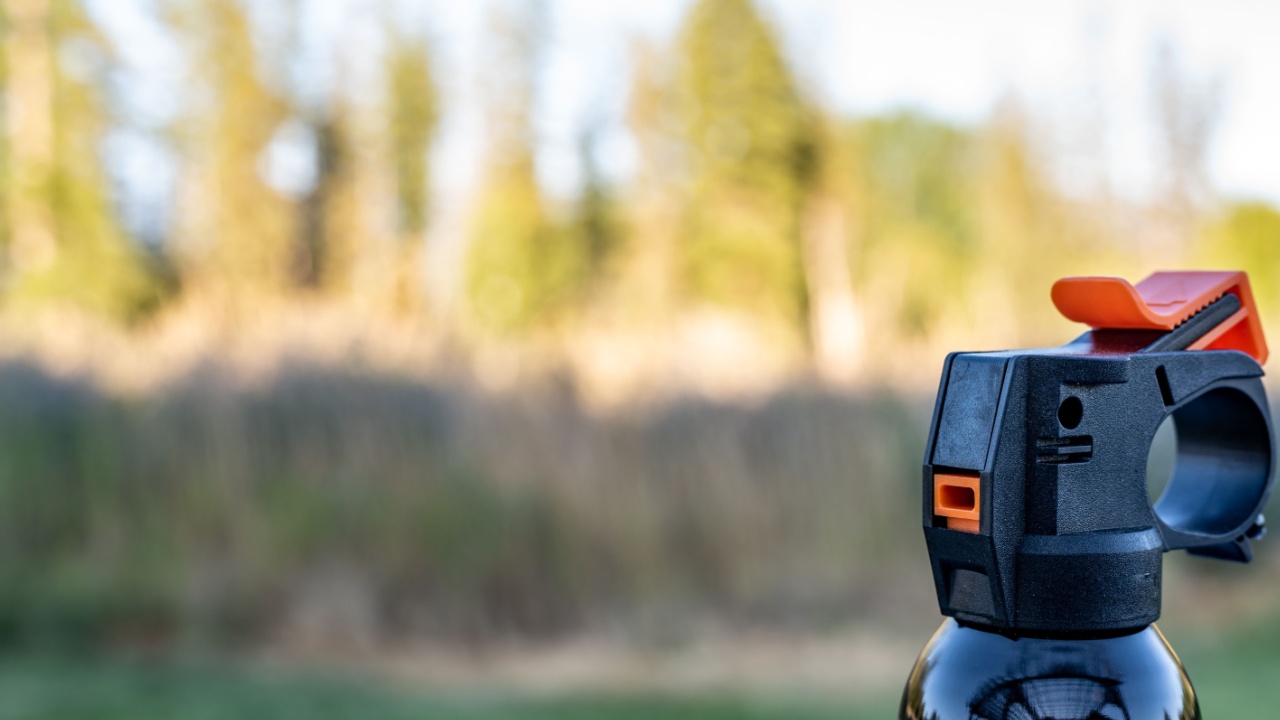
Different animals require different responses. For example, if you encounter a bear, you should stand your ground and use bear spray if necessary. If you see a mountain lion, try to appear larger and more intimidating.
13. Bring a Whistle

A whistle can be a useful tool to scare away animals. If you feel threatened, blowing a whistle loudly can startle animals and make them run away.
14. Stay Calm

If you encounter a wild animal, stay calm and do not run. Running can trigger a predator’s chase instinct. Slowly back away while keeping the animal in sight.
15. Educate Yourself

Take the time to learn about the wildlife in the area and the best practices for safety. The more you know, the better prepared you’ll be to handle any situation that arises.
Becky is a fervent wildlife enthusiast and pet care expert with a diploma in canine nutrition. Her love for animals stretches beyond the domestic, embracing the wild tapestry of global fauna. With over a decade of experience in animal welfare, Becky lends her expertise to OutlandishOwl through insightful articles, captivating wildlife information, and invaluable guidance on pet nutrition. Her work embodies a deep commitment to understanding the intricate lives of animals and a passion for educating others on sustaining natural habitats. Becky's hands-on conservation efforts and her knack for translating complex dietary science into practical pet feeding tips make her an indispensable voice for creatures great and small.

